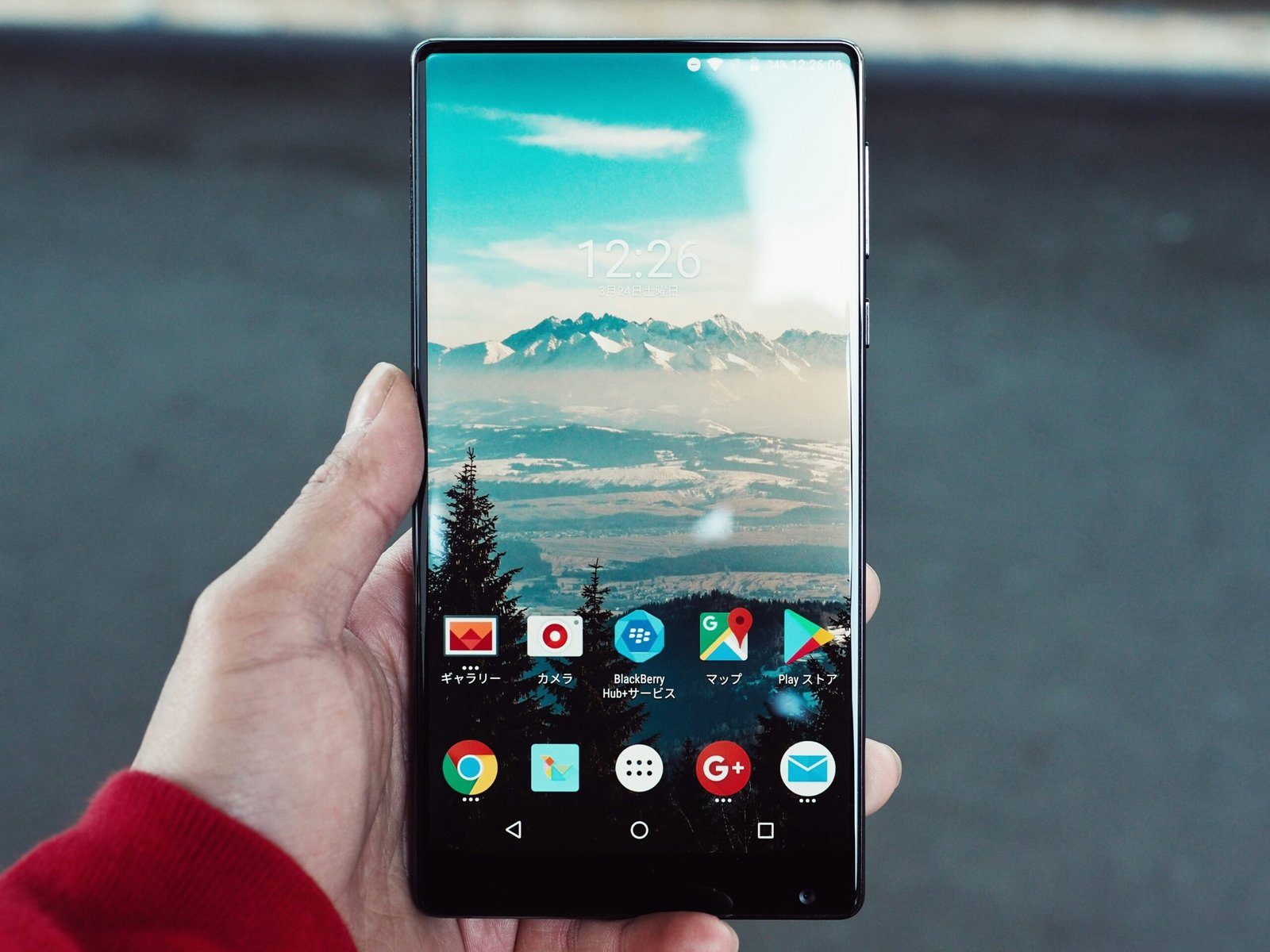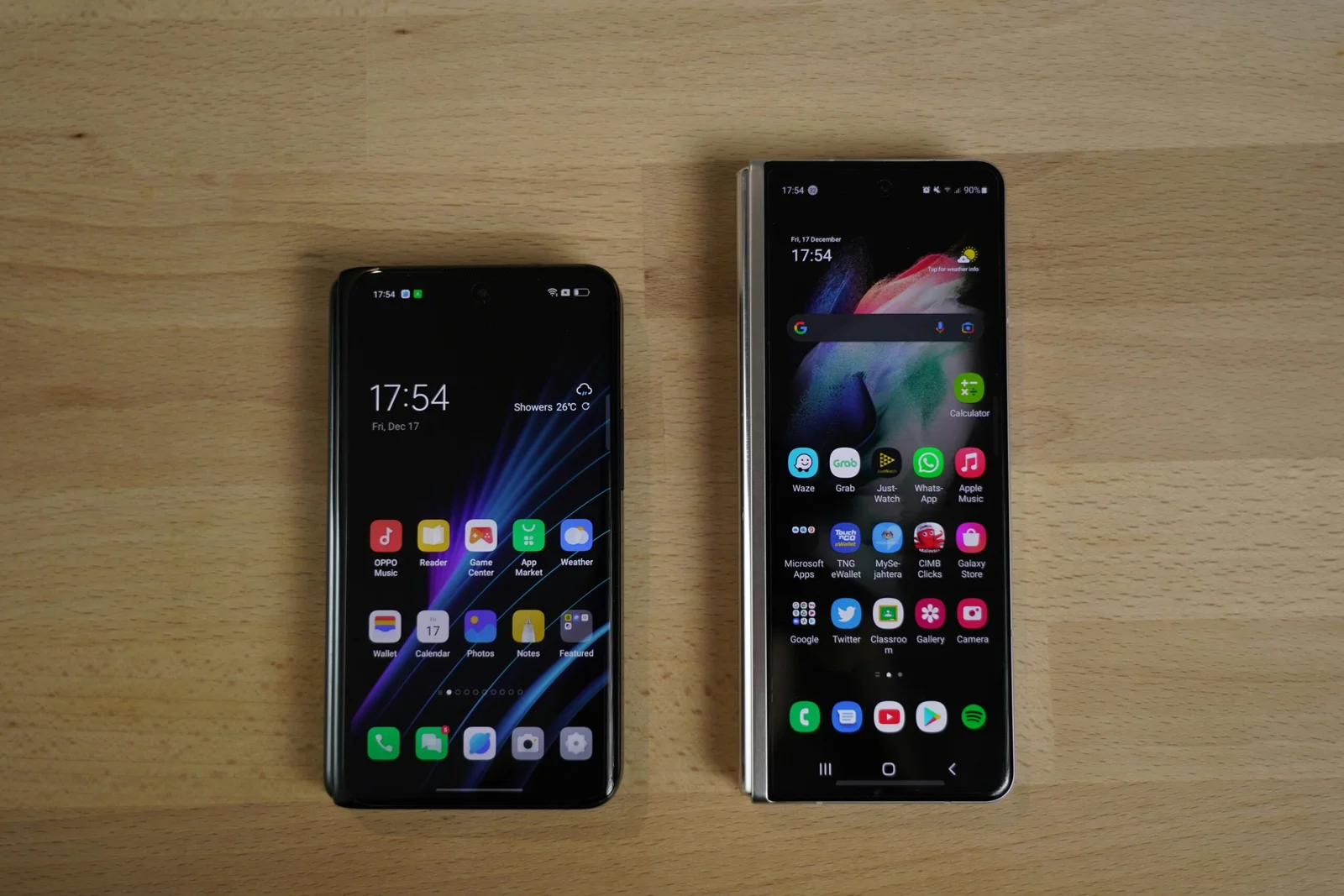
Introduction
In today’s digital age, mobile phones have become an indispensable part of our daily lives. From communication and social media to productivity and entertainment, these devices play a crucial role in various aspects of modern living. However, as we continue to rely heavily on our smartphones, we often encounter common issues such as slow performance, battery drain, and limited storage. These problems can significantly impact the overall user experience and hinder the efficiency of our daily routines.
Optimizing your mobile phone is essential to ensure it performs at its best. By taking proactive steps to enhance your device’s efficiency, you can enjoy a smoother and more responsive user experience. This blog post will provide valuable insights and practical tips on how to optimize your mobile phone for better performance. We will explore various techniques to address issues like sluggish operation, rapid battery depletion, and insufficient storage space, empowering you to make the most of your smartphone.
Whether you’re dealing with a phone that takes forever to load apps or one that needs constant charging, the following sections will guide you through effective strategies to boost your device’s performance. From managing background processes and clearing cache to optimizing battery settings and expanding storage capacity, you’ll find comprehensive advice to help you maintain your mobile phone’s peak performance. Stay tuned as we delve into these techniques, ensuring that your smartphone remains a reliable and efficient tool in your daily life.
Clear Cache and Unnecessary Files
Cache files are temporary data stored by your mobile phone’s applications and web browsers to speed up their performance. While these files can enhance user experience by reducing load times, they can accumulate over time and consume significant storage space, potentially slowing down your device’s overall performance. Regularly clearing the cache and deleting unnecessary files is essential to maintain optimal mobile phone performance.
To clear the cache on an Android device, follow these steps:
1. Open the “Settings” app.
2. Tap on “Storage” or “Storage & USB.”
3. Select “Cached data” and confirm the action to clear cache for all apps.
4. Alternatively, you can clear cache for individual apps by going to “Settings,” then “Apps,” selecting an app, and tapping “Clear Cache.”
For iOS devices, the process is slightly different:
1. Open the “Settings” app.
2. Scroll down to “Safari” or the app whose cache you wish to clear.
3. Tap on “Clear History and Website Data” for Safari, or “Offload App” and “Delete App” for other apps, then reinstall them.
Deleting unnecessary files is equally crucial. These files can include outdated downloads, duplicate photos, and unused apps. To remove unnecessary files, you can use built-in tools like “Files” on Android or “Files” app on iOS. Additionally, third-party applications like CCleaner or Clean Master can help identify and delete redundant files effectively.
Regularly clearing cache and unnecessary files provides several benefits. It frees up valuable storage space, ensuring your mobile phone has sufficient memory to run apps smoothly. Moreover, it can significantly enhance your device’s speed and responsiveness, allowing for a more seamless user experience. Therefore, incorporating these practices into your routine mobile phone maintenance is highly recommended for optimal performance.
Uninstall Unused Apps
Having an excessive number of apps on your mobile phone can significantly hamper its performance. Each installed app occupies storage space and, in many cases, runs background processes that consume CPU and memory resources. This can lead to slower response times, frequent lag, and diminished battery life. Therefore, regularly assessing and uninstalling unused apps is crucial for maintaining optimal mobile phone performance.
Start by identifying apps that you rarely or never use. Navigate to your phone’s settings and access the application manager to review all installed apps. Most smartphones provide a feature that shows the last time an app was used, helping you determine which ones are redundant. Alternatively, some devices offer built-in tools or third-party applications that can automatically pinpoint and suggest apps for removal based on usage patterns.
Once you have identified the unnecessary apps, proceed to uninstall them. On most Android devices, this can be done by tapping and holding the app icon and then selecting ‘Uninstall.’ On iOS devices, press and hold the app until it jiggles, then tap the ‘X’ and confirm the deletion. This process will not only free up valuable storage space but also reduce the strain on your phone’s processor and memory, leading to smoother performance and improved battery life.
It is also beneficial to periodically review your app library and remove any apps that have become obsolete or are no longer needed. By keeping only the essential and frequently used applications, your mobile phone can operate more efficiently. The practice of uninstalling unused apps is a simple yet effective strategy to enhance your device’s overall performance, ensuring a faster, more responsive user experience.
Update Software and Apps
Maintaining the performance of your mobile phone hinges significantly on ensuring that your software and apps are up-to-date. Regular updates to your phone’s operating system and applications are crucial for several reasons. Firstly, updates often contain fixes for bugs that can impair functionality or cause apps to crash. Secondly, they enhance security by addressing vulnerabilities that could be exploited by malicious software. Lastly, updates can introduce new features and optimizations that improve overall performance and usability.
On both iOS and Android devices, checking for and installing updates is a straightforward process. For iOS users, navigate to Settings, then tap on General, and select Software Update. Your device will automatically check for available updates. If an update is found, follow the on-screen instructions to download and install it. Regularly checking this setting ensures that your device is always running the latest version of iOS, benefiting from the latest improvements and security patches.
For Android devices, the process can vary slightly depending on the manufacturer, but generally, you should open the Settings app, scroll down to System or About Phone, and select Software Update. Here, your device will search for any available updates. If an update is available, you will be prompted to download and install it. Ensuring your Android device is up-to-date is equally important for maintaining optimal performance and security.
In addition to updating the operating system, it is equally important to keep your apps current. Both iOS and Android users can manage app updates through their respective app stores. On iOS, open the App Store, tap on your profile icon, and scroll down to see pending updates. You can update apps individually or select Update All to install all available updates. On Android, open the Google Play Store, tap the menu icon, select My apps & games, and proceed to update your applications from there.
By routinely updating both your operating system and apps, you ensure that your mobile phone operates smoothly, securely, and efficiently.
Manage Background Processes
Background processes and applications running in the background can significantly drain your mobile phone’s resources, leading to slower performance and reduced battery life. These processes consume RAM, CPU, and data, which can cause your device to lag and become sluggish over time. It is essential to manage these background tasks efficiently to maintain optimal performance.
One effective way to manage background processes is by adjusting your phone’s settings. Most smartphones have built-in tools that allow you to monitor and control background activity. For instance, on Android devices, you can navigate to the ‘Settings’ menu, then select ‘Battery’ or ‘Battery Usage’ to see a list of apps consuming the most power. From there, you can force-stop or restrict background activity for specific apps. iOS users can achieve similar results by going to ‘Settings,’ selecting ‘Battery,’ and reviewing the battery usage by each app. Disabling ‘Background App Refresh’ for non-essential apps can also help conserve resources.
Additionally, consider using app management tools to streamline this process. Various third-party applications are available that can help you monitor and control background processes more effectively. These apps provide detailed insights into resource usage and offer options to optimize performance by hibernating or closing unnecessary background tasks.
Another practical tip is to keep your apps updated. Developers often release updates to improve app performance and reduce resource consumption. Regularly updating your apps ensures that you benefit from these optimizations and fixes. Moreover, uninstalling unused apps can free up valuable resources and reduce the number of background processes running on your device.
By proactively managing background processes, you can enhance your mobile phone’s performance, ensuring a smoother and more efficient user experience. Taking these steps not only boosts speed but also extends battery life, allowing you to make the most of your device’s capabilities.
Optimize Battery Usage
Effective battery management is crucial for ensuring your mobile phone operates at its best. Poor battery practices can lead to sluggish performance, frequent crashes, and reduced longevity of your device. To optimize battery usage, start by adjusting your screen brightness. High brightness levels can significantly drain your battery. Setting it to a lower, more comfortable level can save considerable power.
Additionally, turning off unnecessary features when not in use can make a noticeable difference. Features such as Bluetooth, GPS, and Wi-Fi are notorious for their high energy consumption. Disabling these functions when they are not needed will help conserve battery life. Similarly, background app refresh, which allows apps to update content in the background, is another feature that can be turned off to save power.
Power-saving modes, available on most modern smartphones, offer a simple yet effective way to extend battery life. These modes typically reduce performance and limit background activity, conserving energy for essential tasks. Enabling power-saving mode can be particularly useful when your battery is running low and you need to make it last until your next charge.
Furthermore, battery optimization apps can provide valuable insights and tools for enhancing battery efficiency. These apps analyze your phone’s battery usage patterns and suggest adjustments to settings and behaviors that can help extend battery life. They often include features such as battery monitoring, charge cycle management, and automated power-saving settings, making them a handy addition to your mobile optimization toolkit.
By implementing these strategies, you can effectively manage your battery usage, ensuring that your mobile phone not only performs better but also has a longer lifespan. Proper battery optimization is a key component of overall mobile phone performance, contributing to a smoother and more reliable user experience.
Expand Storage
Limited storage can significantly impact the performance of your mobile phone. When your device’s storage is nearly full, it can slow down, causing lag in application responsiveness and overall system performance. This can be particularly frustrating when trying to run resource-intensive apps or multitask efficiently. Therefore, expanding and managing your phone’s storage is crucial for maintaining optimal performance.
One of the most effective solutions for expanding storage is the use of external memory cards. Many smartphones come with slots for microSD cards, allowing you to increase storage capacity significantly. By transferring large files, such as photos, videos, and music, to an external memory card, you can free up internal storage and enhance your phone’s speed.
Another viable option is utilizing cloud storage services. Platforms such as Google Drive, Dropbox, and iCloud offer substantial storage capacities, often with free tiers and subscription plans for additional space. By uploading your files to the cloud, you not only free up local storage but also ensure your data is backed up and accessible from multiple devices.
Additionally, regularly deleting or transferring large files can make a noticeable difference. Start by identifying and removing unnecessary apps, large videos, and duplicate photos. Many smartphones have built-in storage management tools that help you locate and delete large or unused files. For instance, the “Storage” section in your phone’s settings often provides insights and recommendations on what you can remove to free up space.
Managing storage efficiently also involves periodically clearing cache data. Cached data is information stored by apps to load faster, but over time, it can accumulate and consume significant storage space. Navigate to your phone’s settings and clear cache periodically to reclaim storage and improve performance.
In conclusion, expanding and managing your mobile phone’s storage through external memory cards, cloud storage, and regular file maintenance can significantly enhance its performance. By adopting these strategies, you can ensure your device runs smoothly and efficiently.
Perform Regular Maintenance
Regular maintenance is essential to keep your mobile phone running smoothly and efficiently. By incorporating a routine maintenance checklist, you can ensure your phone performs optimally over the long term. Regularly rebooting your phone is a simple yet effective way to refresh the system and clear temporary files. It is recommended to restart your phone at least once a week to prevent lag and improve performance.
Another critical aspect of mobile phone maintenance is checking for malware. Malware can significantly hamper your phone’s speed and functionality. Install reputable antivirus software and perform regular scans to detect and remove any malicious software. Keeping your phone free from malware not only enhances performance but also protects your personal information.
Performing system diagnostics is also vital in identifying any underlying issues that may affect your phone’s performance. Many smartphones come with built-in diagnostic tools that can help you pinpoint problems related to battery health, storage, and connectivity. Running these diagnostics periodically allows you to address issues before they escalate, ensuring your phone remains in top condition.
Clearing cache and unnecessary files is another important maintenance task. Over time, cache and redundant files can accumulate, taking up valuable storage space and slowing down your phone. Regularly clearing these files can free up space and speed up your device. Additionally, consider uninstalling apps that you no longer use, as they can consume resources even when not in active use.
Consistent maintenance brings long-term benefits, such as extended battery life, improved speed, and enhanced overall performance. By adhering to a regular maintenance routine, you can ensure your mobile phone remains reliable and efficient, providing you with a seamless user experience.
Conclusion
In conclusion, optimizing your mobile phone for better performance is not only feasible but also essential in today’s fast-paced digital environment. By following the outlined steps, such as managing your storage, updating your software, and optimizing your settings, you can significantly enhance the efficiency of your device. Additionally, regularly clearing cache, uninstalling unused apps, and utilizing battery-saving modes will contribute to a smoother user experience.
Each optimization step plays a crucial role in ensuring your mobile phone operates at its best. Clearing unnecessary files and apps not only frees up valuable space but also reduces the load on your device’s processor, leading to faster performance. Keeping your software up-to-date ensures that you benefit from the latest features and security enhancements. Moreover, fine-tuning your settings can help you strike the perfect balance between performance and battery life.
We encourage you to implement these tips to enjoy a faster, more efficient mobile phone. By taking proactive measures, you can extend the lifespan of your device and maintain its optimal performance over time. If you have additional tips or personal experiences with mobile phone optimization, please share them in the comments section below. Your insights can help others achieve a better mobile experience as well.






